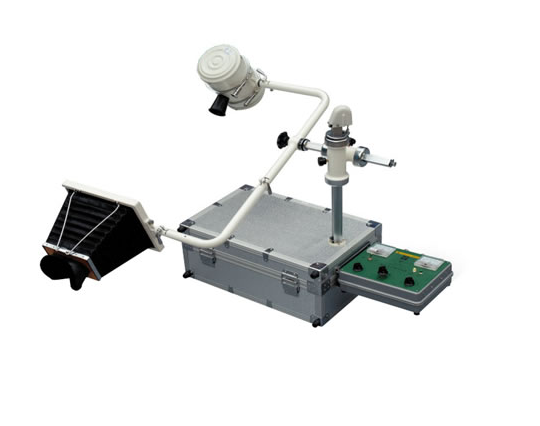Product development in any sector other than medical sector was earlier preliminary version of a device from which other forms are developed. At present, medical and healthcare companies understand the meaning of prototyping and thus, they are investing in the technology as well. Medical devices prototype is now getting lots of popularity in the mentioned sector and it is only because of the benefits noticed.
The rapid and successful completion of clinical trials is a prerequisite for the commercial success of any product. Usually while using the prototype machine, the industry follows a design process that enables them to move concepts swiftly from prototype to launch. In the case of medical and non-medical sectors, the actual design process is discussed with the product developers which cannot make it to the next level swiftly. They need to work around the barriers and limitations posed by the regulatory requirement to prove function and safety through appropriate medical devices prototype.
Since, prototyping can produce products suitable for clinical trials, defining these devices can be misleading. Therefore some of the vital approach is considered to be the best way for the process. During the iterative design process both the environment in which the product will be used and the end user is considered from the outset. The process also encourages a practical view to be taken on the balance that needs to be struck between engineering functionality for clinical trial and design and the management of specification creep.

There is an emerging trend in the medical companies to move devices into clinical trials as quickly as possible. For many companies, achieving a clinical proof-of-principle often represents the basis on which follow-on funding or business exit strategies depending on it. Hence, the medical device industry’s requirements where prototypes are required in larger numbers is done through the statistical analysis of results gained from clinical trials and the device which succeeds to fulfills the specified requirements wins the race.
Prototypes can send the wrong messages, both to the regulator and to potential investors. This type of prototype is usually produced in low numbers, using specialist manufacturing methods. Now, since the medical devices prototype is completely being applied to the products, the trend is changing slowly. Though, in the consumer products industry, developers often create a limited number of devices for the purposes of technology demonstration or for marketing support.
The trend is changing slowly and steadily because no matter if you have the authority to produce products or devices suitable for clinical trials. Defining these units as prototypes in the purest sense of the term can be misleading for the patients. The approach is not a safe way to walk through the path rather medical devices prototype is a better way to judge.


